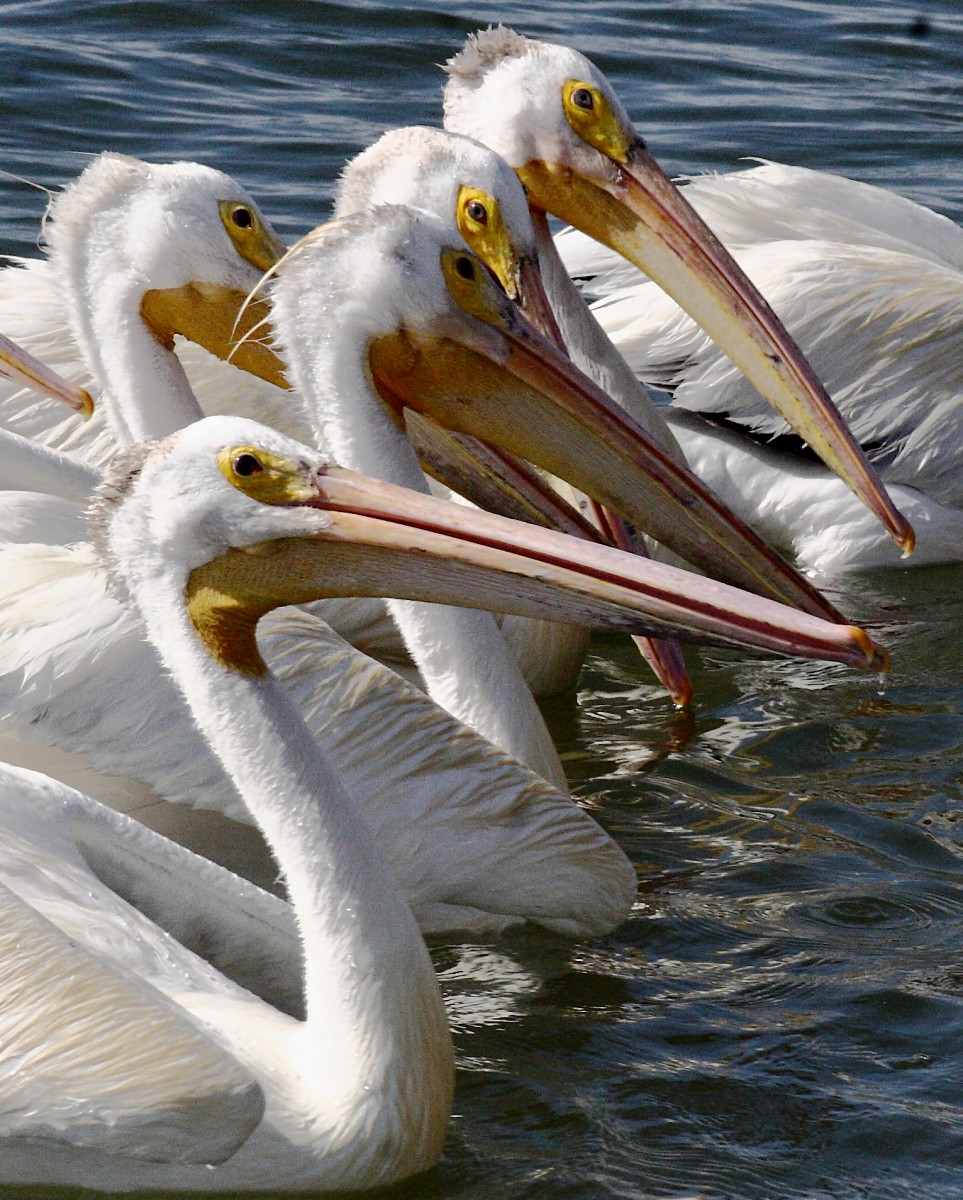The Lake and the Wildlife Area
Sturgeon Lake, located on Sauvie Island north of Portland, is in trouble and Oregon Wildlife and partners are in the midst of a campaign to save it. The 3,000-acre lake is within the Sauvie Island Wildlife Area, administered by the Oregon Department of Fish and Wildlife. Along with Malheur National Wildlife Refuge and other conserved lands in the Pacific Northwest, Sauvie Island is a critical wintering and stopover site for Pacific Flyway waterfowl. The island is notable for its diversity of habitats, however, contributing to the island’s importance to all types of birds. And Sturgeon Lake is a key ecological feature on the island, important to birds, juvenile salmon and other wildlife.
Bird Life on Sauvie Island
The Sauvie Island Wildlife Area was established in the 1940s to protect and manage waterfowl populations, and hundreds of thousands of waterfowl currently use the island during peak times. The wildlife area is utilized by at least 275 avian species, about 70 of which are known to breed on the island. The island is designated as the Sauvie Island Important Bird Area by the National Audubon Society, and is considered a Conservation Opportunity Area in the Oregon Conservation Strategy.

Lately, some 150 White Pelicans have taken up residence at Sturgeon Lake and each night, thousands of Sandhill Cranes can be found roosting along its shores. According to Tim Greseth, the executive director of Oregon Wildlife: “The Sauvie Island Wildlife Area in general, and Sturgeon Lake for waterfowl and shorebirds, is one of the best places in Oregon for bird watchers. If you happen to be a duck or goose hunter, seeing thousands of birds on the water at the same time is an awe-inspiring sight. There are few places in the world quite like Sauvie Island and even less that are 20 minutes from the downtown core of a major metropolitan city.”
Conservation Challenges and Dairy Creek
Several conservation issues are challenging Sturgeon Lake and the wildlife area, including invasive plants and water level changes. Historically, levee construction caused gradual silting in of the lake, which prompted multi-agency and partner efforts to improve water flow and restore water levels. More recently, Dairy Creek, which connects the lake to the Columbia River, has been compromised due to a sand plug and failing culverts. Without a connection to the Columbia, the lake will cease to provide functional habitat for many wildlife species.
Oregon Wildlife, a Pacific Birds partner, is working with West Multnomah Soil and Water Conservation District to raise the funds needed for a nine million dollar project to reconnect Sturgeon Lake with the Columbia River. Both private and public support has helped them meet some initial fundraising milestones. Private supporters include the Wessinger Foundation, Ducks Unlimited, the Oregon Community Foundation, and the RH Parker United Foundation. Combined with public funding sources previously secured by the conservation district (including the Bonneville Power Administration, Multnomah County, and Metro), partners are now able to meet the match requirement for a major a U.S. Army Corps of Engineers program. The Corps will begin implementing the Sturgeon Lake project in the summer of 2017. The Dairy Creek culvert will be replaced, the sediment plug removed, and additional work will be done to re-establish and better manage water flows to benefit the island’s fish and wildlife populations.
More Conservation is in the Works
Recently, Oregon Wildlife was the recipient of a $200,000 matching challenge grant from the Hilltop Foundation to replace other failing culverts (under Reeder Road) with a full-span bridge. A bridge was seemingly out of reach due to cost, even though it was the preferred choice for fish passage and improved water flow. With the Hilltop Foundation challenge, Oregon Wildlife is now actively seeking the match funds to make the bridge a reality. You can learn more here.
